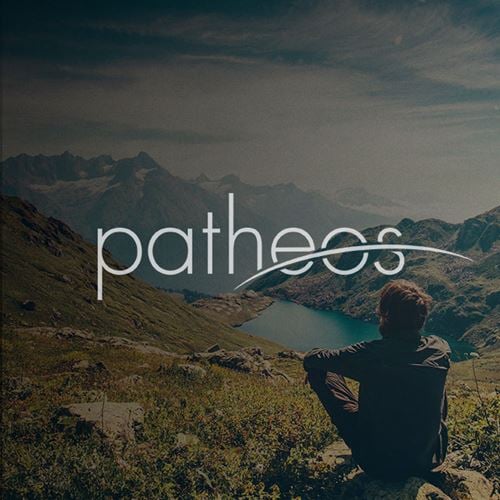- Trending:
- Pope Leo Xiv
- |
- Israel
- |
- Trump
- |
- Social Justice
- |
- Peace
- |
- Love

RELIGION LIBRARY
Sikhism
Community Organization
Written by: Rahuldeep Singh Gill
Behind Christians, Muslims, Hindus, and Buddhists, the Sikhs form the fifth largest organized religious community in the world. However, most of the world's Sikhs live in India, the vast majority in Punjab. About 10 percent of the 20-plus million Sikhs live in other parts of the world, and that number is growing.
The Sikh community is an egalitarian community where inherent human equality is shared amongst both genders and all social strata. Guru Nanak (1469-1539) wrote about the God-given equality of all people:
What is inside, see on the outside as well, there is never any other!
The pious see all as one, with divine light in each heart. (GG 599)
. . . He's assigned us all to our work, and sweetened it with attachment
We all eat and drink the same, we all have to be content with His will. (GG 434)
This is the path to peace:
See all as one, receive divine boons, and be content with the Word. (GG 879)
A pious Sikh is referred to in Sikh literature as a gurmukh, sant, or sadh—the latter two can be translated as "saint." The congregation, or sangat, is often called the Sadh-Sangat or the Satsang ("society of saints"). For Bhai Gurdas, the 17th-century Sikh thinker, this is what Kartar would say to his favorite sage if one could hear him speak:
O Sage Narad, the saints' society is my own abode
Audience with the saints' society reveals my own form
The saints' society is my mother, father, family, and friends
The saints' society is my peerless, most noble son
The saints' society is the source of all life's treasures and energies
The saints' society is the place to worship and the way to liberation
The saints' society enjoys love's liquor, elation and ease
The saints' society's eminence is beyond comparison (Kabitt 303)
That is, Kartar Himself is present in the Sikh congregation, and all fruits of the divine presence are available in the congregation that sings the divine praises.
Allegiance to the Sikh Panth, or Sikh community in its entirety, requires exclusive commitment from each member. According to the central Sikh doctrines, a Sikh bows to no other authority than the Guru, community, and scripture. Membership in the Panth has been determined by exclusivity.
Today, membership in the Panth is based on family relationship to the Panth, making the Sikh tradition a very ethnically-based religion. The spread of the Sikh community across family lines has not been a robust source of communal growth, although conversions have happened. These conversions usually involve rituals like the khande di pahul, and adherence to the Rahit Maryada, a code of conduct and belief.
In the past, the Sikh community has not always been united along the ideals of the Guru's teachings. From the community's early days, divisions seem to have existed between Sikhs from rural, agrarian segments of Punjabi society (who made up over 90 percent of the community) and urban, mercantile communities that lived in important cities and had access to trade-based wealth. Even within these groups, adherence to ancient endogamous customs prevented Sikhs from marrying other Sikhs. For example, Sikhs living in cities preferred to marry their daughters to Hindus of similar trade backgrounds than rural Sikhs. Rural Jats would not have typically married into families of ancillary or artisan workers, though they shared both religion and agrarian ethic.
As the community becomes increasingly global, many Sikh scholars believe that these old fault lines cannot hold. As Sikhs and their descendants meet one another as members of extremely small religious minorities in non-Sikh majority regions, the similarities among Sikhs will increasingly trump social differences that were important to their ancestors. Moreover, Sikh interaction with non-Sikh majority populations will also effect changes in consciousness. This will provide those Sikhs who are interested in maintaining relationships with other Sikhs an opportunity to fulfill the egalitarian ideals of their founders.
In the future, the community will inevitably be organized according to new lines. If Sikhs choose to live outside of the Punjab, will they take up local cultures in a wholesale fashion? Or will they try hard to retain some cultural elements of their ancestors? In Punjab, will Sikhs continue to live agrarian lifestyles if the global food production scheme changes? Will cities in the Punjab continue to see influxes of former farmers and villagers? And finally, will outsiders be actively encouraged by Sikhs to investigate, and possibly join, the Sikh Panth? These questions will be answered by the actions of Sikhs in the remaining decades of the 21st century.
Study Questions:
1. From where do Sikhs get their ideas of equality?
2. Why would Sikhs get increasingly more egalitarian as they become an increasingly global community?
3. What issues remain to be determined about Sikh community organization?










